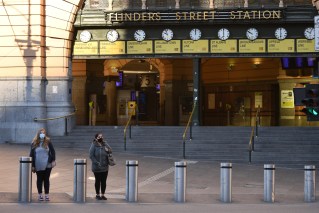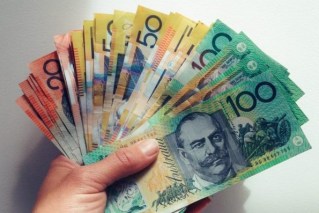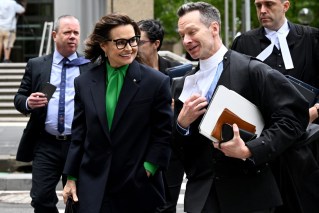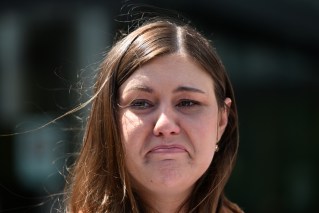Budget boys’ club – Australia’s had 40 Treasurers, but not a woman among them
Women have managed the purse strings of our nation for decades – but apparently that doesn’t qualify them to take over the country’s financial affairs, writes Rebecca Levingston.

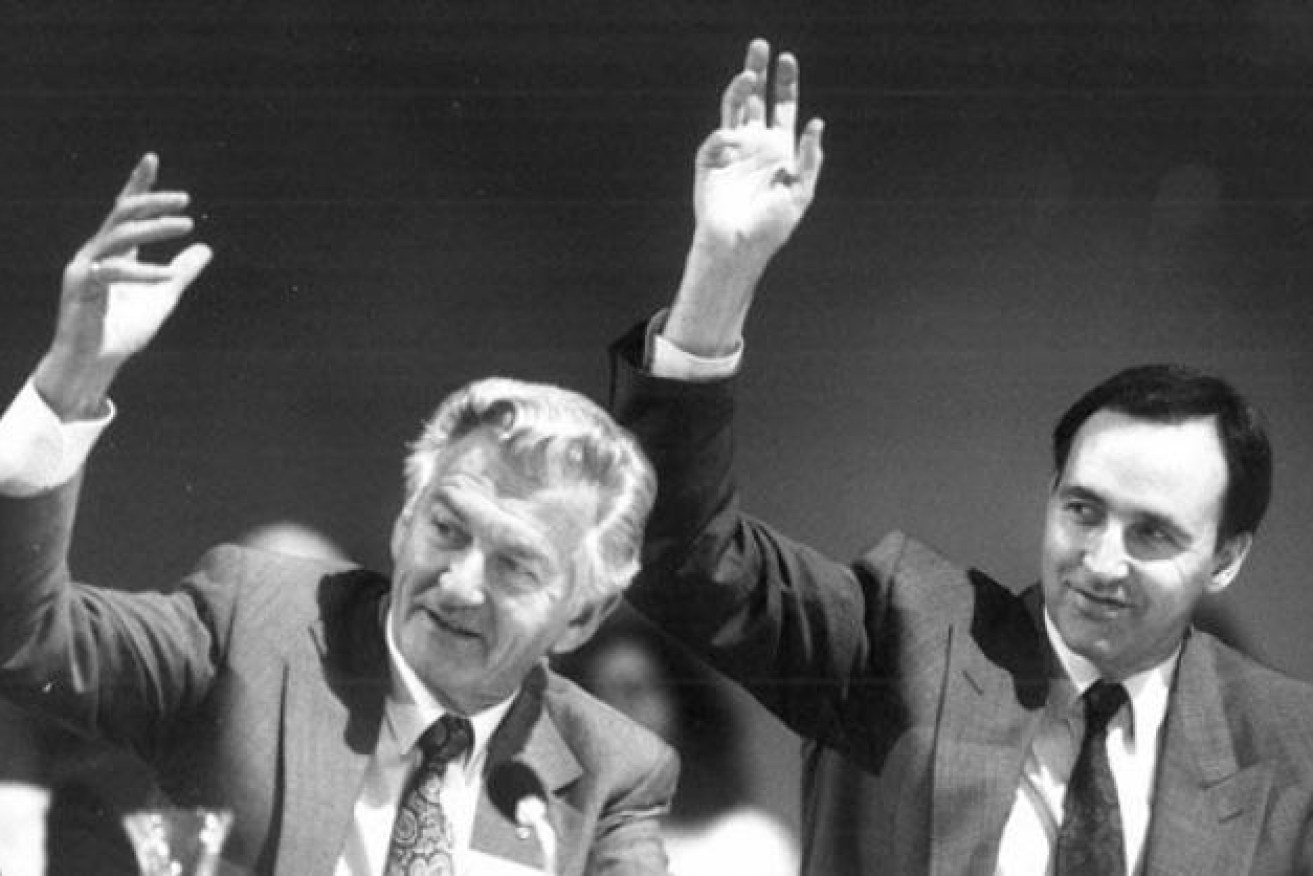
Prime Minister Bob Hawke and Treasurer Paul Keating established the original prices and incomes accord in 1983. (File image)
Why hasn’t there ever been a female Treasurer in Australia?
I asked a federal politician that question recently. He took an awkward breath and said “That’s a good question Rebecca,” which is what politicians say when they don’t know what to say.
Australia’s had 40 Treasurers since 1901. The first was Sir George Turner. He was Premier of Victoria before he joined federal parliament. There’s a leafy suburb named after him in Canberra. Turner was described as frugal.
What are the qualities you want in your Treasurer? Perhaps a look back through history will prompt some thoughts. Blokes making billion dollar announcements that stretch over decades are hard to relate to, so I’ve decided to try and humanise the money men of Oz.
After Sir George, came Treasurer Chris Watson in 1904. He was born in Chile, grew up in New Zealand and was a fan of the White Australia Policy. At 37 he became the youngest ever Australian Prime Minister.
Next, Sir John Forrest took over the till and he held the role a couple of times. He was a horseman from WA who was described as a social snob favouring laissez-faire capitalism.
Sir William Lyne was reportedly a man whose hand went instinctively into his pocket when any appeal was made to him. Possibly a dangerous habit when you control the nation’s purse.
Andrew Fisher was another Treasurer turned PM. Born in Scotland, he was kicked in the head by a cow as a small child, leaving him mostly deaf in one ear. Fisher established old-age and disability pensions, a maternity allowance and workers compensation. He issued Australia’s first paper currency in 1913 with a one-pound note.
William Higgs was a socialist and resigned as Treasurer under Billy Hughes in 1916 because he opposed conscription in World War One. Alexander Poynton took over and had been a shearer before clipping spending. Then came William Watt who was a qualified accountant and partner in a hay and corn store.
Sir Joseph Cook was a fiscal conservative keen on low taxes. He was followed by Stanley Bruce who also has a suburb in Canberra named after him. Ironic given that he allegedly didn’t like his own name and asked the press to refer to him by his initials.
Sir Earle Christmas Grafton Page (handy middle name for a Treasurer who might have trotted out a festive headline at budget time) was a surgeon who was sometimes called upon to deliver medical treatment to fellow politicians, including one emergency appendectomy.
Ted Theodore was Premier of Queensland before he was Treasurer of Australia. When he left politics, he went into business as partner with Frank Packer where they bought and sold a few newspapers and set up The Australian Women’s Weekly.
James Scullin was also a Treasurer-turned-PM who had to deal with the Wall Street crash of 1929, two days after he was sworn in, swiftly followed by the Great Depression. Tough gig.
Joseph Lyons was the first Treasurer-turned-Prime Minister to die in office in 1939. His widow Enid Lyons became the first woman elected to the House of Representatives.
Richard Casey was Treasurer and ended up as Governor General. That brings us to Robert Menzies who was Treasurer but ended up as Australia’s longest-serving Prime Minister. Australians got richer and weekly wages went up. He had two cracks at the top job over a combined 18 years, so you’d expect him to have some wins.
Enter Sir Percy Spender (another great money moniker) who became a judge after he exited politics. Arthur Fadden took over as Treasurer and became the first Prime Minister born in Queensland.
Ben Chifley was next, credited with transforming a wartime economy to a peacetime economy.
Harold Holt was Treasurer for eight years then became Prime Minister before a fatal ocean swim ended his career and life. He was the third PM to die in office. Wild times.
The names of the nation’s Treasurers become more familiar from here.
Billy McMahon, Gough Whitlam, John Howard, Paul Keating (who resigned and handed the baton to Bob Hawke making him Treasurer for a day). Peter Costello eventually became the longest-serving Treasurer in Australian history with 11 years and 267 days.
You’ll make your own judgements on what’s memorable about the more recent terms served by Wayne Swan, Chris Bowen, Joe Hockey, Scott Morrison and ultimately the man who sits in the Treasurer’s chair today.
Josh Frydenberg is the 40th Australian Treasurer. This is his third budget.
How will history remember him?
Will he, like so many of his predecessors, one day become Prime Minister?
He likes tennis. Could he be the first to serve with a female Treasurer?



